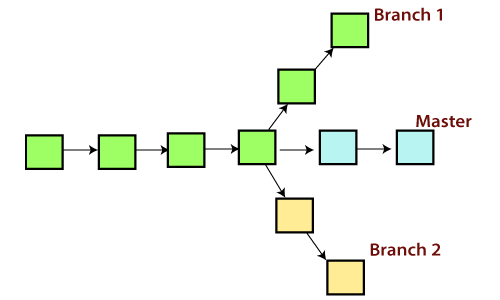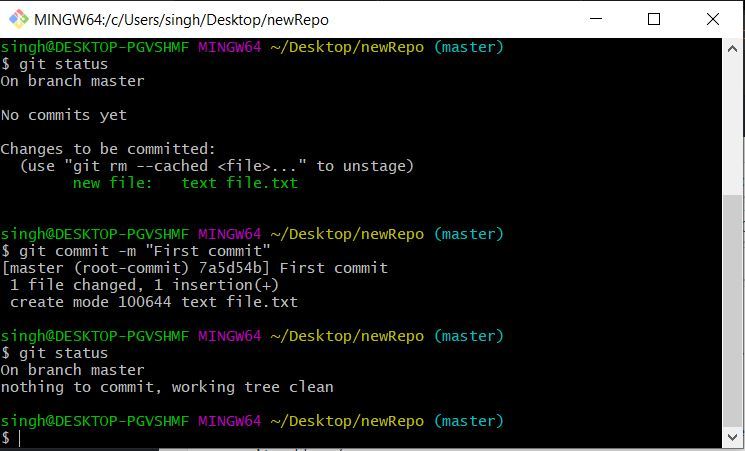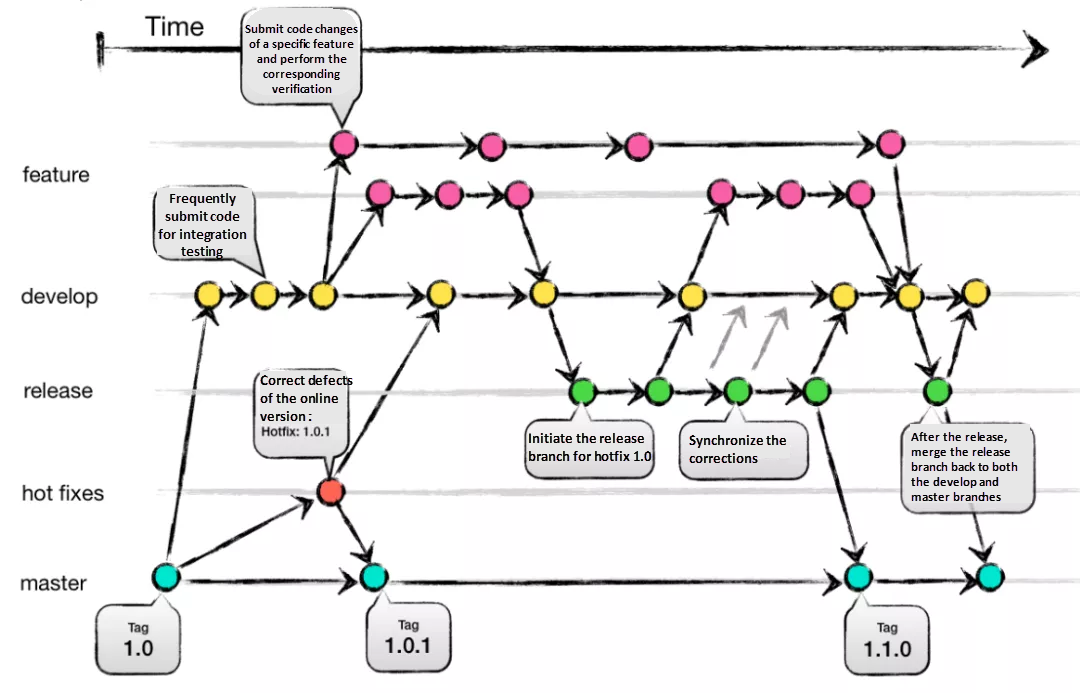

The status of branch new_feature after the merge Let’s look at a diagram to illustrate this idea: How, then, do you link a branch and HEAD? Well, HEAD and the tip of the current branch point to the same commit. This chain of commits forms the pathway I mentioned above. In other words, it refers to the tip of a branch.Ī branch is essentially a pointer to a commit, which has a parent commit, a grandparent commit, and so on. In Git, the HEAD points to the latest commit in a branch. I’ll refer to HEAD a lot in upcoming chapters. An important thing to note is that, while working with branches, the HEAD of a branch points to the latest commit in the branch. Now that we’ve had a chance to experiment with the basics of branching, let’s spend a little time discussing how branches work in Git, and also introduce an important concept: HEAD.Īs mentioned above, a branch is just a link between different commits, or a pathway through the commits. Since our branches haven’t been synced yet, let’s see what happens if we postfix -d, shown below:Īs you can see, Git gives you a warning and aborts the operation, as the data hasn’t been merged with a branch yet. d only deletes a branch if it has been synchronized with a remote branch. To ensure you don’t lose data, you can postfix -d as an alternative to -D. This means that if you have commits in your current branch that have not been pushed yet, -D will still delete your branch without providing any warning. The -D option used above deletes a branch even if it hasn’t been synchronized with a remote branch. Note: Don’t Delete Branches Unless You Have ToĪs there’s not really any downside to keeping branches, as a precaution I’d suggest not deleting them unless the number of branches in the repository becomes too large to be manageable. Just postfix -a to the command above: git branch -a If you have cloned your repository or set a remote, you can see the remote branches too. To see the list of branches and the current branch you’re working on, run the following command: git branch Let’s now start working with branches in Git.
#Create new branch from master git code#
If you work on your new idea on a separate branch, you can always switch back to your earlier branch to return the repository to its previous state, which does not contain any code related to your idea. In this scenario, branches come into play. Meanwhile, you need to work on feature 2. Let’s say you submit feature 1 for review, but your supervisor needs some time before reviewing it.

Yet another use of branches is that they give you the ability to work on multiple things at the same time, without them interfering with each other. Further, branching enables you to keep only the important commits in the master branch or the main branch. As branching is used to separate different ideas, it makes the code in your repository easy to understand. However, imagine a situation where you need to show your work to your superior, while also working on a new, cool feature which is not a part of your completed work. You might argue that, with the ability to go back to any commit, there’s no need for branches.
#Create new branch from master git free#
It’s just the convention to call it that.Īlthough you’re free to use a different branch as your base branch in Git, people usually expect to find the latest, up-to-date code on a particular project in the master branch. The name “master” doesn’t imply that it’s superior in any way.

In Git, you find yourself in the master branch by default. If you’ve had experience with branches in other version control systems, be assured that working with branches in Git is quite different.) (Although other version control options like CVS had this branching option, the experience of merging branches on CVS was a very tedious one. This ease of working with branches is one of the best features of Git. You can create new commits in a branch while not affecting other branches.

So a branch in Git is an independent path of development. And if, at a later stage, you change your mind, you can easily revert back to the state of the project before this merger. So if the experiment fails, you can just abandon it and return to the original-the master branch.īut if the experiment is successful, Git makes it easy to incorporate the experimental elements into the master. You can experiment with this copy without affecting the original. Creating a new branch in a project essentially means creating a new copy of that project.


 0 kommentar(er)
0 kommentar(er)
